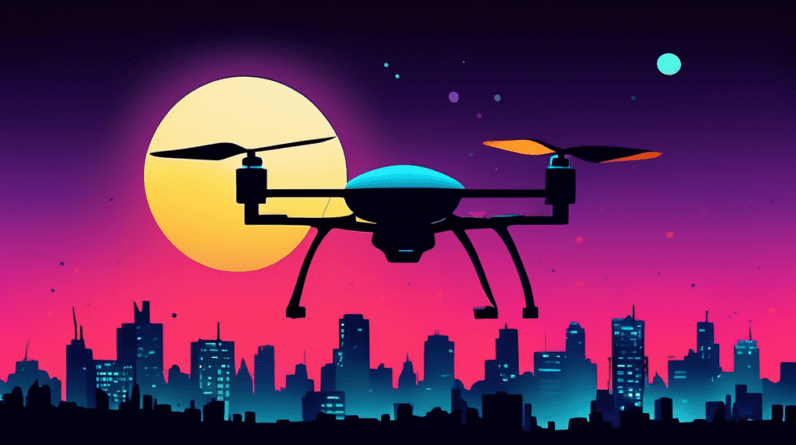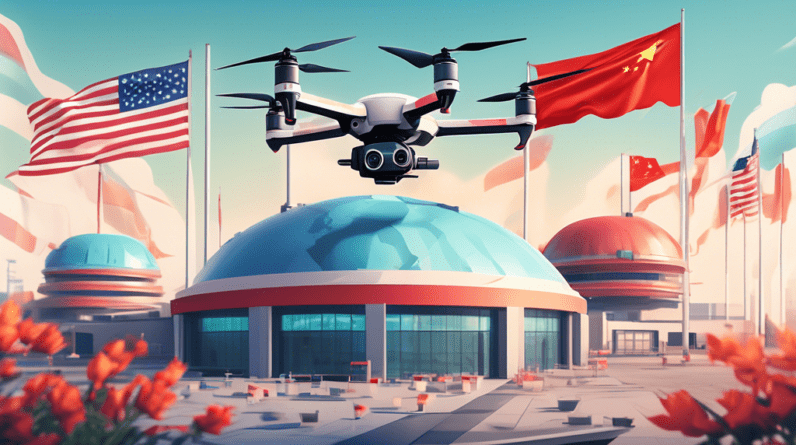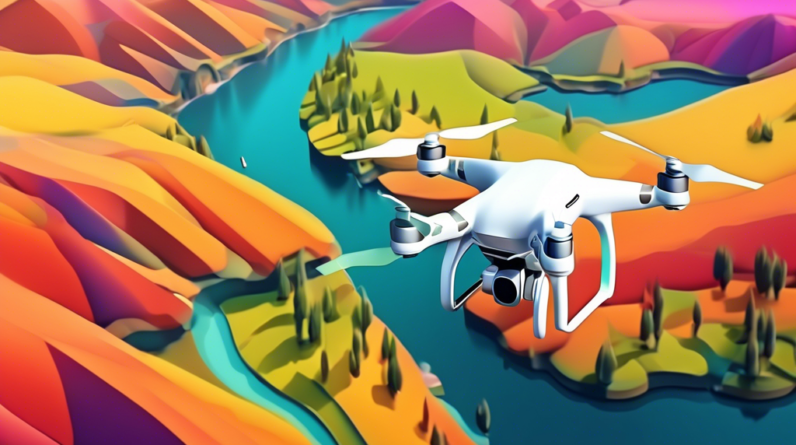Early Concepts and Prototypes (1900s – 1960s)
The concept of unmanned aerial vehicles (UAVs), or drones as we commonly know them today, can be traced back to the early 20th century. During World War I, the first attempts at creating pilotless aircraft emerged, driven by the need for aerial reconnaissance and target practice without risking human pilots. These early prototypes, often referred to as aerial torpedoes or flying bombs, were rudimentary and unreliable.
In the following decades, technological advancements, particularly in radio control and aviation, led to further experimentation with drones. The military, recognizing their potential, invested in developing more sophisticated UAVs for surveillance and combat purposes. Notable examples include the Radioplane OQ-2, used by the US Navy during World War II for target practice, and the Teledyne Ryan Firebee, a jet-powered drone employed for reconnaissance missions during the Vietnam War.
The Rise of Drones in Warfare (1970s – 2000s)
The 1970s and 1980s saw significant advancements in drone technology, with the development of smaller, more agile, and more capable UAVs. The Israeli military, in particular, pioneered the use of drones for real-time surveillance and intelligence gathering during the Yom Kippur War and the Lebanese Civil War. The success of these early drone deployments highlighted their effectiveness in modern warfare.
During the 1990s and 2000s, the United States increased its investment in drone technology, leading to the development of highly advanced UAVs such as the Predator and Reaper. These drones, equipped with sophisticated sensors and weaponry, became integral to US military operations in Afghanistan, Iraq, and other conflict zones. The use of drones for targeted killings and airstrikes raised ethical concerns and sparked debates about the future of warfare.
Commercial and Civilian Applications (2010s – Present)
In recent years, drone technology has transitioned from primarily military applications to widespread commercial and civilian use. The affordability and accessibility of drones have opened up a wide range of possibilities across various industries.
Commercial Drones
-
Delivery and Logistics
Companies like Amazon and UPS are exploring the use of drones for last-mile delivery, aiming to revolutionize the logistics industry by providing faster and more efficient delivery services, especially in remote or congested areas.
-
Agriculture
Drones equipped with multispectral cameras can capture detailed aerial images of crops, enabling farmers to monitor plant health, identify areas requiring attention, and optimize agricultural practices for improved yields.
-
Construction and Infrastructure
Drones are transforming construction and infrastructure inspection by providing aerial surveys, monitoring progress, and identifying potential safety hazards, reducing costs and improving efficiency.
-
Filmmaking and Photography
The film and photography industries have embraced drones for capturing stunning aerial footage, offering new perspectives and creative possibilities for storytelling and visual documentation.
Civilian Drones
-
Recreational Use
Consumer drones have become increasingly popular for recreational purposes, allowing hobbyists to enjoy aerial photography, videography, and racing.
-
Search and Rescue
Drones equipped with thermal imaging cameras and other sensors can assist search and rescue teams in locating missing persons, particularly in challenging or dangerous environments.
-
Environmental Monitoring
Drones play a crucial role in environmental monitoring by collecting data on wildlife populations, deforestation, and pollution levels, aiding conservation efforts and scientific research.
The Future of Drones
The drone industry is continuously evolving, with ongoing advancements in artificial intelligence, battery technology, and autonomous flight capabilities. As regulations and infrastructure adapt to accommodate drone operations, we can expect to see even more innovative applications emerge in the future. The potential of drones to transform industries, improve efficiency, and address societal challenges is vast, making them a technology to watch closely in the years to come.






